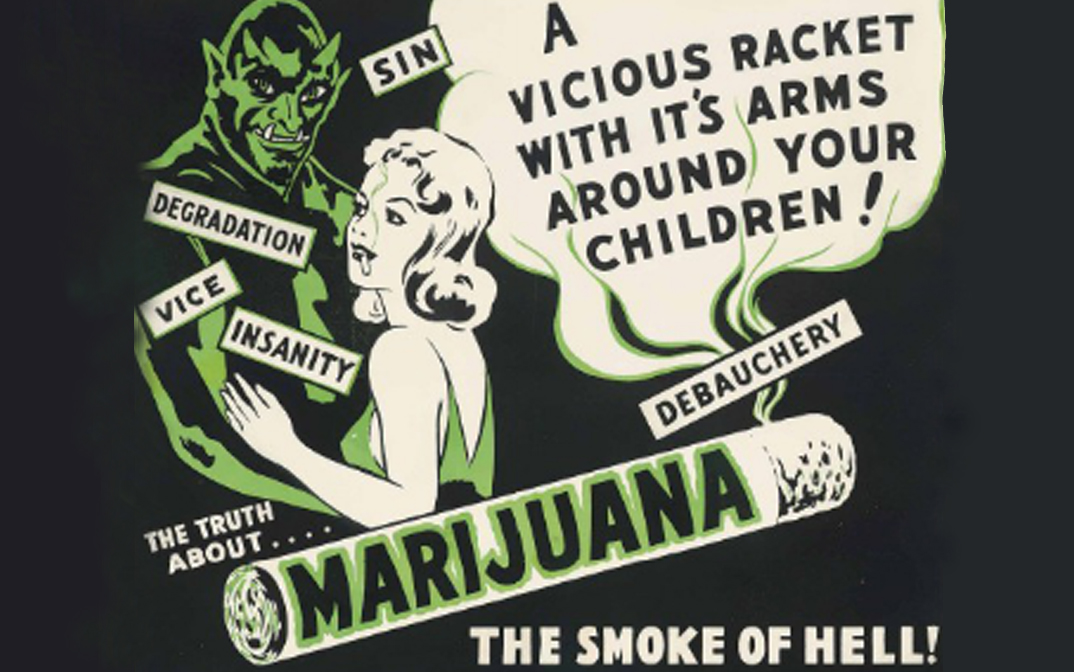Ozempic and other GLP-1 drugs are reshaping food, beauty, alcohol, and belonging. From snack sales to body ideals, marketers are rebranding around the “Ozempic Nation.”

Hemp, another prohibition tale
In the early 19th and 20th century, Kentucky hemp was booming and Kentucky was the biggest producer in the United States. George Washington and Thomas Jefferson had both been hemp farmers, and hemp was even used as legal tender in the colonies.
In fact, a 1938 article in Popular Mechanics called hemp a billion dollar product describing a new industry beginning to take root in Winona, Minnesota where hemp was “machined and processed chemically to fit for manufacturing into yarn and cord.”
So what happened? Why didn’t hemp live up to that promise to become a billion dollar product?
The Fiber Wars
If you really want to dive into the history of hemp, the 1995 book Fiber Wars (published online) by David P. West, Ph.D. West gives us a detailed history of hemp in the United States, and as he puts it:
“The real story of hemp is not a story of drugs. It is a tale of competition for markets and it captures in its telling all the significant cross currents of the Industrial Age.”
While it’s true that synthetic fibers began to increase in popularity and were far cheaper to produce, and that hemp was a victim of the war on drugs propaganda, that’s not exactly the whole story.
As with most history, the real story is even more incredible than that, and if you have time, buckle up and dive into the “Low Dishonest Decade” with Dr. West.
For a quick and dirty rundown, we turn to Haygood farms and The Strange History of Hemp. It turns out, as Llew Boyd tells us, the heavy hitters with big investments in Big Pharma, the oil industry, the textile industry, and the timber industry were all threatened by the promise being shown in the hemp industry.
One big investor in timber at the time was none other than William Randolph Hearst. “Hearst had almost total hegemony over the newspaper, and the book industries. Nearly everything that could be picked up was full of some kind of brainwashing information. And the effects of these propaganda efforts were so powerful, they can still be felt today.”
He used his power and influence in the media to shape the entire nation’s views for generations.
Rebuilding in the aftermath
By the end of the 90s, hemp products were growing in demand, but US producers had to watch that need be filled by imported products. It wouldn’t be until 2014, when the Agricultural Act allowed hemp research that Kentucky would once again begin production with just 33 acres.
By 2016, Colorado and Tennessee joined in with their own small farms. Finally, in 2018, the farm bill legalized commodity hemp production, and farmers were quick to jump on what they thought would be a lucrative crop. Farmers’ Union Leaders and Industry Experts warned farmers that it takes time for an industry to gain footing, citing our neighbors to the north as an example, but farmers still ended up disappointed that the hemp industry didn’t explode as fast as many hoped it would.
Sowing the seeds for future growth
Calling the hemp industry “dead” is a bit of a stretch, it’s growing more slowly than many would like, but it is growing. Grandview research says, “The global industrial hemp market size was estimated at USD 4.13 billion in 2021 and is expected to grow at a compound annual growth rate (CAGR) of 16.8% from 2022 to 2030.” There are more US produced hemp products on the market today than there were just a couple of short years ago.
When we wrote about the end of alcohol prohibition, you might remember how US companies lost years of market share because they were so behind after prohibition was lifted. The consumer demand for legal alcohol was there, but it would take time for the supply chain, manufacturing, and distribution to catch up. Once it did, the US industry boomed. We’re going to see the same thing happen in the hemp and cannabis industries.
In The Conversation, authors Wisdom Dogbe and Cesar Revoredo-Giha write about their research on the impact of hemp on agricultural emissions. They tell us, “Aside from the environmental benefits as “nature’s purifier” in removing carbon dioxide from the air, the crop is an excellent source of plant protein for humans and animals. It also has huge potential for other uses such as organic insecticides/herbicides, an environmentally friendly concrete substitute known as “hempcrete”, building insulation, biofuel and phytoremediation – a process which cleans contaminated soils and water.”
There are profits to be made
As US hemp producers continue to take an artisan approach, and ramp up production of other products, slow and steady growth is something industry experts predict we’ll see. Keep an eye on those material scientists too – bioplastics are improving and are starting to offer some real alternatives to traditional plastics.
And all along the way, we’ll see marketers perfecting the messages that make us wonder how we were ever able to live without it.
They've got their hooks in you.
FADS rise quickly, burn hot and fall out. They say you're fat, you're no fun, you need to relax, and you might even die alone.
In fact, FADS bank on the fact that you already believe all of that.
Ready to learn how it works?


